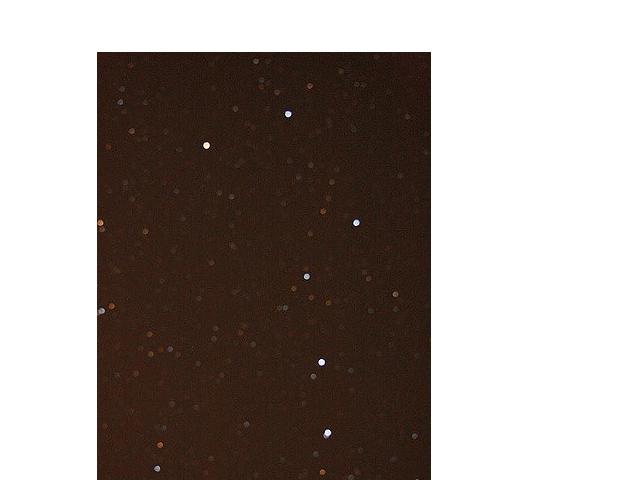Camp Star Gazing
Some fun things to do at night while camping.
One of the greatest things about camping is the lack of light pollution. This enables one to see many of the stars at night that are normally masked by city lights. An opportunity to learn about the night sky and what it holds for the observer presents itself every night.
The Dippers
(AKA Ursa Major, the Big Bear and Ursa Minor, the Little Bear) The Big and Little Dipper constellations are of paramount importance when star gazing. The first thing to do is to recognize the star pattern of the Big Dipper and find it in the sky. There are four stars that make up the pan portion of the constellation and three more stars that make up the handle. When you find the Big Dipper, look at the two stars on the end that form the side of the pan. Looking from star at the bottom of the pan and creating an imaginary line through the star at the top, follow the line up to a star that sits at the end of the handle of the Little Dipper. That star is called Polaris (The North Star). It isn’t the brightest star in the area, but once you find it, you know the direction of North. The Dippers will rotate around that star, while the star stays within a couple of degrees of its placement in the sky.
Polaris
(AKA The North Star). Finding the north star is more than just finding north. Mariners would use this star to help them find out where they were at sea, at least from a latitude point of view. The trick is to find the horizon, which is problematic at night and on land. However, should you find the horizon, you can determine the angle the North star is at your position. That angle will be your latitude.



